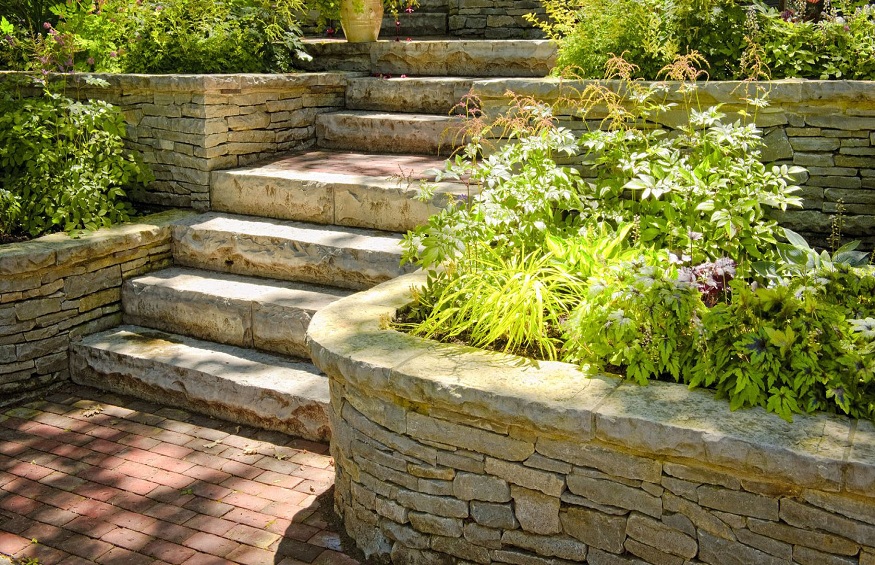What Do Retaining Walls Really Do?
What do you know about pond and lake retaining walls? As part of landscaping to manage soil erosion, control flooding, or improve aesthetics, retaining walls are a great addition to your property. These walls can be built along the shoreline if you have beachfront property, along the side of the road, in your garden, along your pond, or at a farm. Given the various uses of retaining walls, it’s important to consult landscaping experts to help with designing and implementing the project within your budget and for posterity to manage maintenance costs. It also pays to have a visually attractive wall.
The type of material used in making retaining walls plays a big role in ensuring its utilitarian value is optimized. You can select to build the wall yourself or hire consultants to build your pond and lake retaining walls. With this, you get the best landscaping to advise on the selection of the best materials, permits, design, service, and installation. These qualified experts take the stress of project design and implementation away so you can focus on living your life.
TYPES POND AND LAKE RETAINING WALLS
Depending on your needs, there are various types of retaining walls you can select from with regard to the material used and the design. We will examine the different types that exist for you to select from;
1. Steel walls – This type of water flow management solution employs material made from steel owing to the versatility of the object. Once the steel wall is in place, landscapers fill the area with gravel, soil, or sand. Topsoil is then added and grass planted for a green aesthetic finish.
2. Outcropping – This kind uses natural stones that are a mixture of soft and hard rocks such as limestone and gravel. By lining the wall with a filter fiber below and behind the outcropping, landscapers prevent erosion and degradation enhancing the longevity of the barrier.
3. Rip-rap wall retaining – One of the most natural and eco-friendly techniques. This entails laying rocky material on the shoreline after covering the bottom with a protective fiber. It has been known to be longer-lasting and plants can be added once the soil is added between the rock spaces.
4. Concrete retaining wall – This is a type of gravity wall that is made by using mortared stone. The design allows for the retention of water and runoff. Nevertheless, concrete walls aren’t the first choice for creating a barrier owing to the impact extreme weather can have on its strength and versatility.
CONCLUSION
Retaining walls are a great investment for waterfront properties. The choice of a landscaper in building your pond and lake retaining walls determines the design, budget, service, installation, and overall visual outlook of your finished project. Remember to also consult on the necessary permits before commencing the project to ensure both authorities and your neighbors agree with your plans. This helps avoid delaying your project due to legal issues. Also, your solution should always consider how the intervention will affect animal and plant life around the area to avoid environmental degradation.

